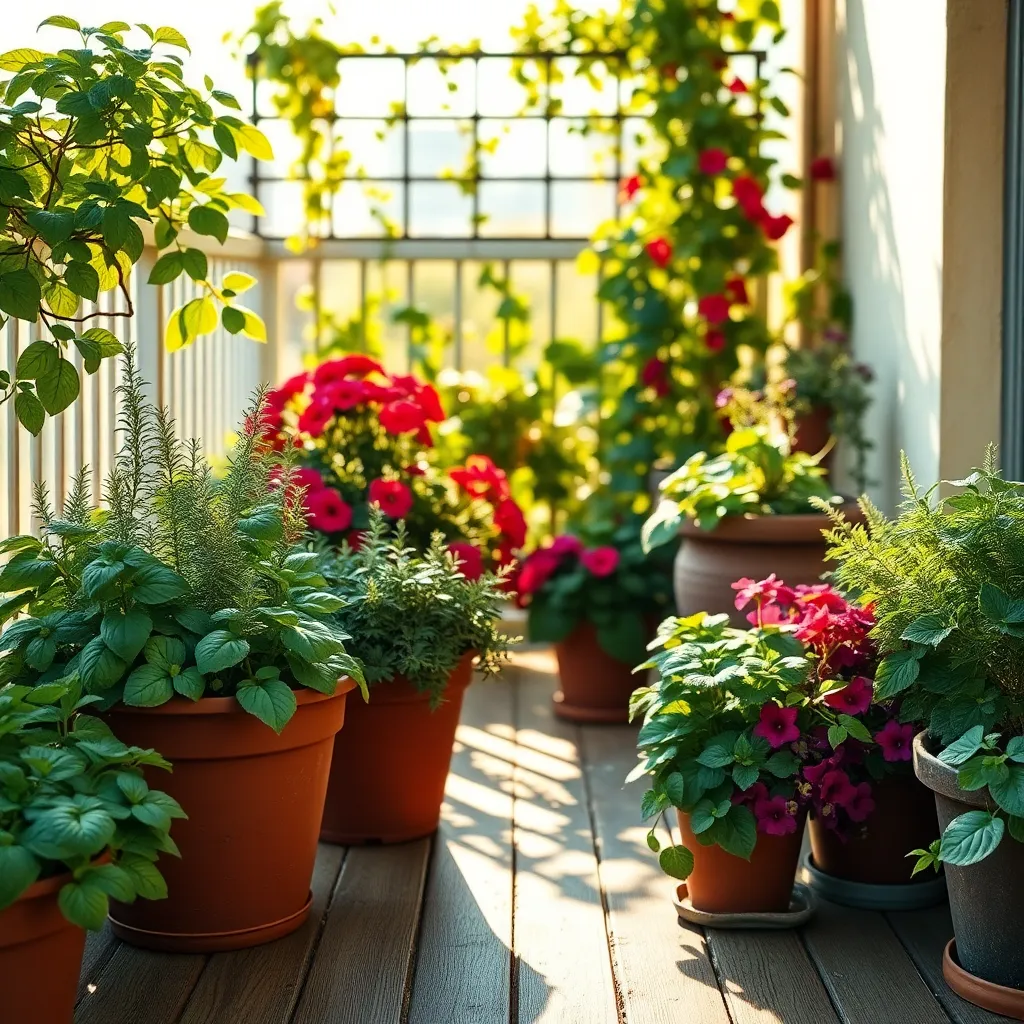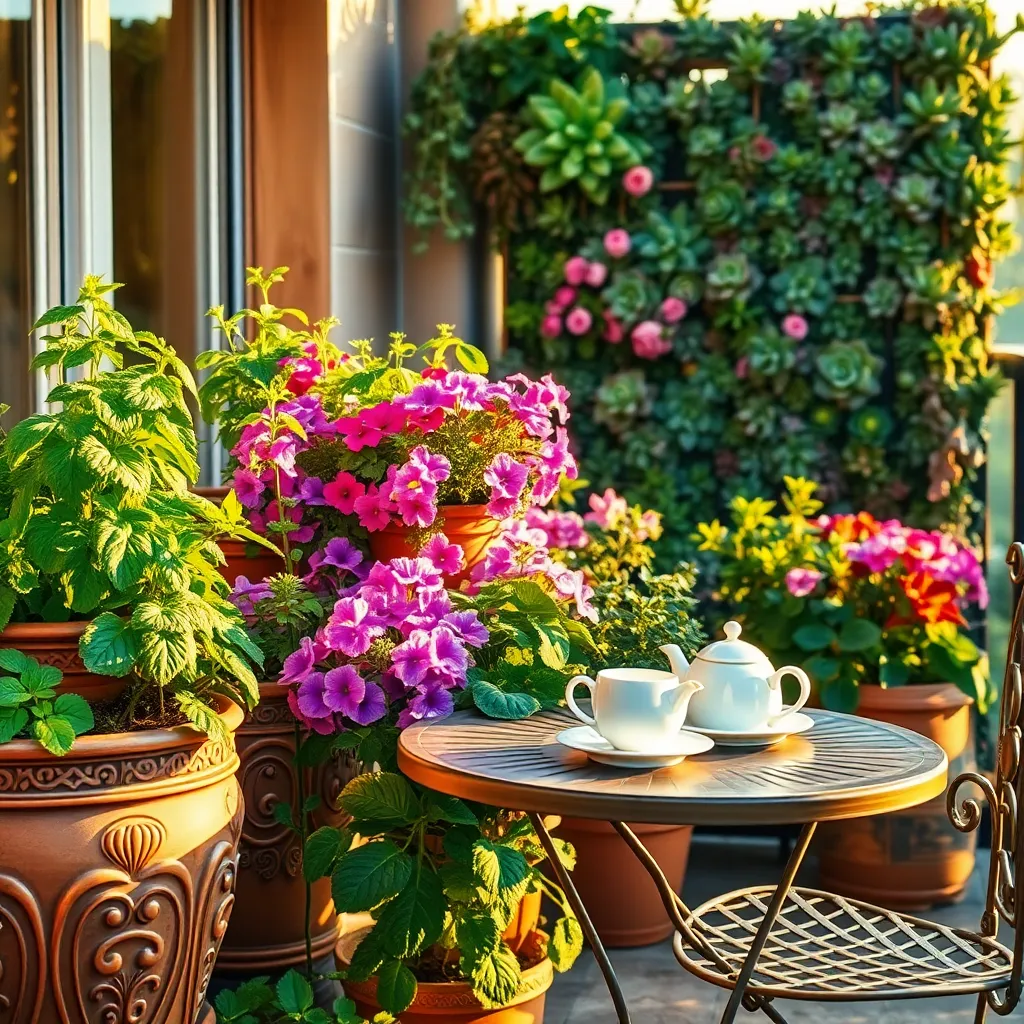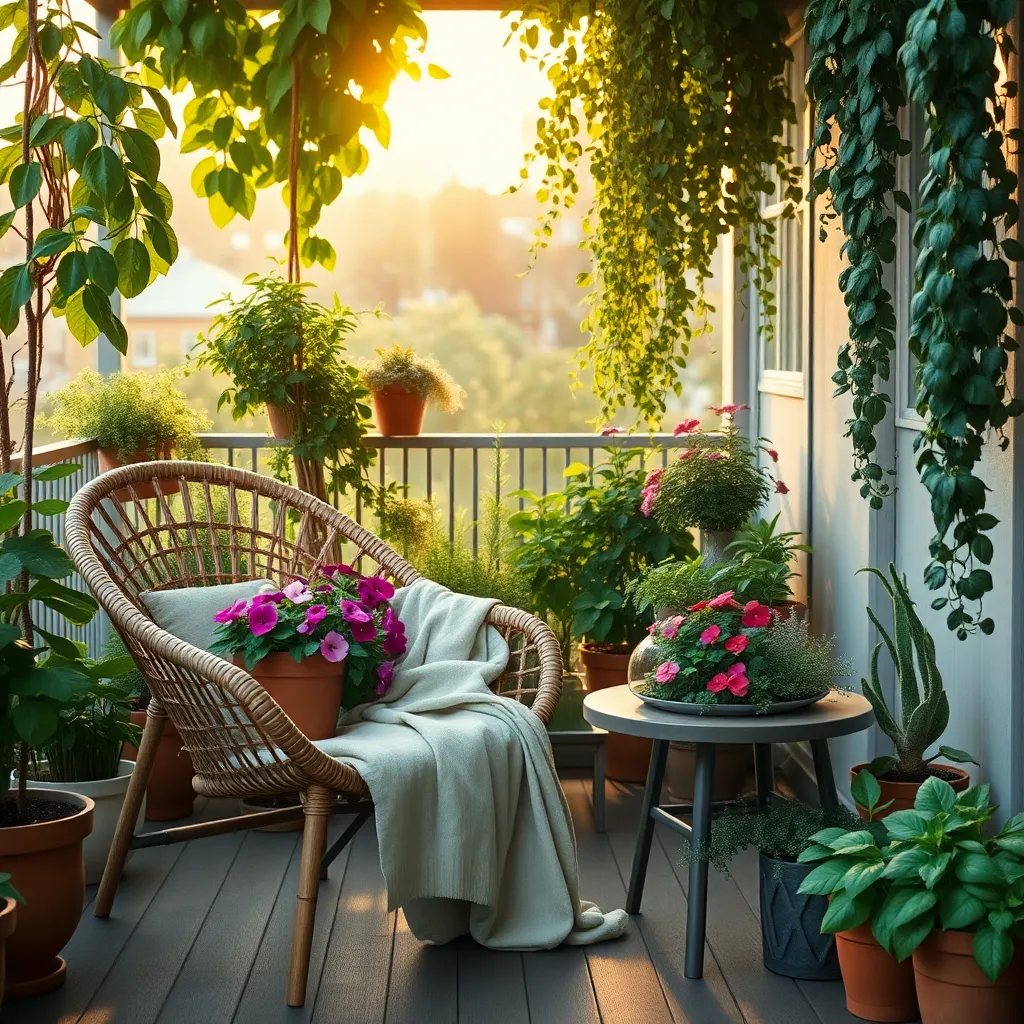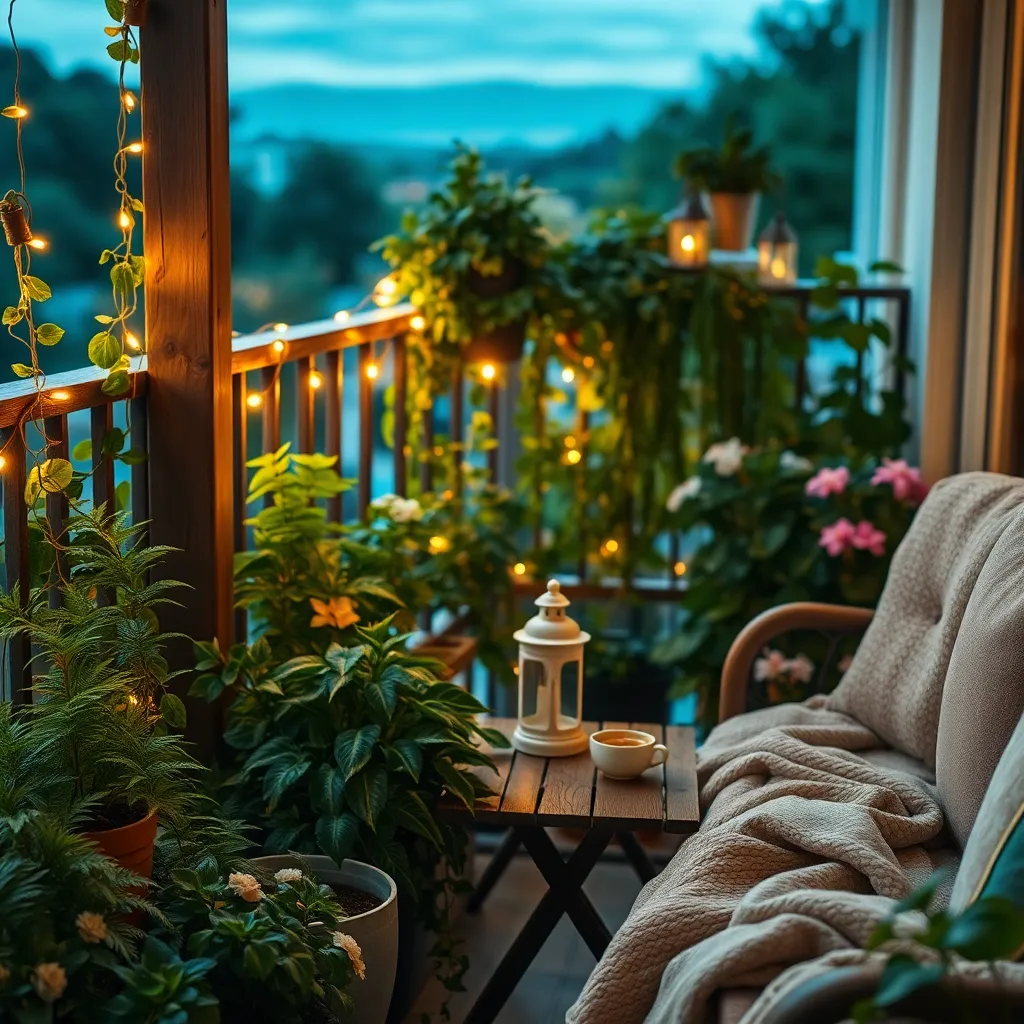Whether you’re a seasoned green thumb or just beginning to explore the joys of gardening, transforming your balcony into a lush, inviting oasis is a delightful endeavor that can enrich both your home and your spirit. A cozy balcony garden not only offers a personal retreat from the hustle and bustle of everyday life but also brings a touch of nature to your living space, no matter how small.
Creating a charming balcony garden might seem daunting at first, but with the right guidance, it can be a rewarding and fun journey. In this article, you’ll discover practical tips on selecting the perfect plants, arranging them for maximum impact, and maintaining your garden through the changing seasons.
Assess Light and Space Availability

To begin assessing your balcony for a garden, observe how much sunlight it receives throughout the day. Understanding whether your balcony is in full sun, partial shade, or full shade will guide you in selecting the right plants that will thrive in your specific light conditions.
Consider the space you have available by measuring the dimensions of your balcony. This will not only help in selecting the appropriate number of plants but also assist in choosing the right-sized containers or planters.
For balconies with limited light, opt for shade-tolerant plants such as ferns and hostas, which can thrive even in low-light conditions. On the other hand, if you have a sun-drenched balcony, consider sun-loving plants like tomatoes and peppers that require at least six hours of direct sunlight daily.
Maximize the use of vertical space by installing wall planters or hanging baskets, which are perfect for trailing plants like ivy or strawberries. Vertical gardening techniques not only save space but also create a lush, layered look that’s visually appealing.
Select Suitable Container Plants

When selecting container plants for your balcony garden, consider a mix of foliage and flowering varieties to create an inviting atmosphere. Opt for plants that are suited to the light conditions of your space—whether it’s full sun, partial shade, or full shade.
Herbs like basil, mint, and rosemary are excellent choices for sunny spots and also provide culinary benefits. For shaded areas, consider shade-tolerant plants such as ferns or begonias, which can thrive with indirect light.
Choose containers that have adequate drainage holes to prevent root rot, which is critical for plant health. Use a high-quality potting mix that suits the specific needs of your chosen plants; for instance, succulents require a sandy, well-draining mix, while most houseplants prefer a more moisture-retentive blend.
Watering needs will vary based on plant type and container size, but a general rule is to water when the top inch of soil feels dry. To keep plants thriving, apply a balanced liquid fertilizer every 4-6 weeks during the growing season. This routine will provide essential nutrients and encourage robust growth.
Arrange Plants for Visual Appeal

To create a visually appealing balcony garden, consider the height and texture of your plants. Mixing tall plants like bamboo or ornamental grasses with shorter blooms such as petunias or marigolds can add depth and interest.
Color coordination plays a crucial role in visual appeal. Choose a color palette that complements your space, perhaps by using hues that echo your home’s exterior or your favorite outdoor furniture.
Group plants with similar care needs together for easier maintenance and a more cohesive look. Succulents, for instance, thrive with minimal water and can be clustered in a dedicated section, while ferns that love moisture can be positioned in another area.
For those with more experience, experiment with layering plants to create a lush, multi-dimensional garden. Use trailing plants like ivy or creeping jenny to spill over the edges of containers for a cascading effect.
Incorporate Comfortable Seating Options

Creating a cozy balcony garden involves more than just plants; comfortable seating is essential for enjoying your green oasis. Consider using weather-resistant materials like teak or powder-coated steel to ensure durability in outdoor conditions.
Choose seating options that fit the scale of your balcony to maintain a sense of spaciousness. Foldable chairs or benches with storage underneath can be excellent for small spaces, offering versatility and practicality.
To enhance comfort, add cushions made from outdoor fabrics that resist fading and mildew. These materials are specifically designed to withstand the elements while providing a cozy feel, making your seating area inviting all year round.
For those who love a touch of luxury, consider adding a small hammock or a hanging chair if your balcony structure allows. These options create a relaxed vibe and can be paired with a side table for convenient access to your favorite garden read or refreshing drink.
Add Warm Lighting and Decor

To enhance the ambiance of your cozy balcony garden, adding warm lighting is essential. Consider using solar-powered fairy lights or lanterns, which are both energy-efficient and environmentally friendly.
Strategically place these lights around your plants and seating areas to create a relaxing glow. This not only highlights your greenery but also makes your balcony a perfect evening retreat.
In addition to lighting, incorporating decorative elements can elevate the overall aesthetic of your garden. Think about adding colorful cushions or throws that complement your plant choices and seating arrangements.
For a more personal touch, include small sculptures or garden ornaments that reflect your style. These elements can serve as focal points, drawing attention to specific areas of your garden.
Advanced gardeners might consider integrating a small water feature, like a tabletop fountain, which adds both visual interest and soothing sounds. Ensure your plants are suited to the microclimate created by the added humidity, choosing varieties like ferns or mosses that thrive in such conditions.
Conclusion: Growing Success with These Plants
As you embark on the journey of creating a cozy balcony garden, the parallels to nurturing a thriving relationship become beautifully clear. First, understanding the importance of space—both physical and emotional—lays the foundation for growth. Secondly, selecting the right plants, much like selecting the right words in communication, can foster harmony. Third, nurturing with consistent care mirrors the significance of daily affection and attention. Fourth, embracing change and adaptability is crucial, as every garden and relationship requires flexibility to flourish. Lastly, celebrating small victories, like the first bloom or an anniversary, strengthens bonds and cultivates joy.
To transform inspiration into action, start by choosing one plant to introduce into your space this week, symbolizing the growth you desire in your relationship.
Remember, the key to a flourishing garden and relationship lies in continuous learning and adaptation. Bookmark this article now to revisit these insights and nurture both your balcony and your bonds.
As you cultivate your cozy corner, envision the success of your relationship thriving alongside. Let this be the beginning of a beautiful journey, where both love and nature bloom in tandem.

